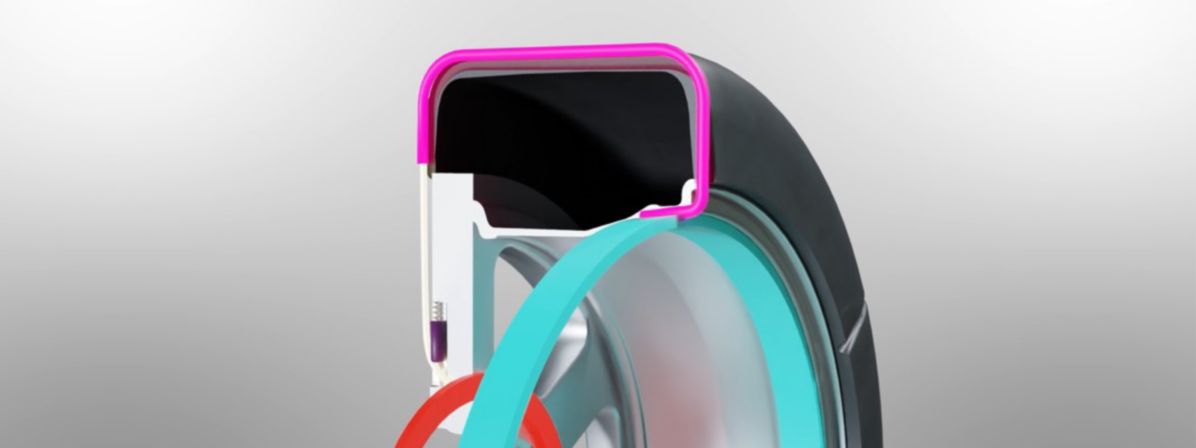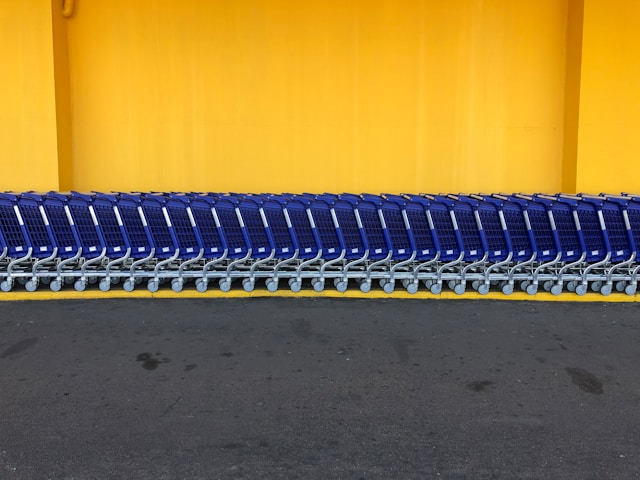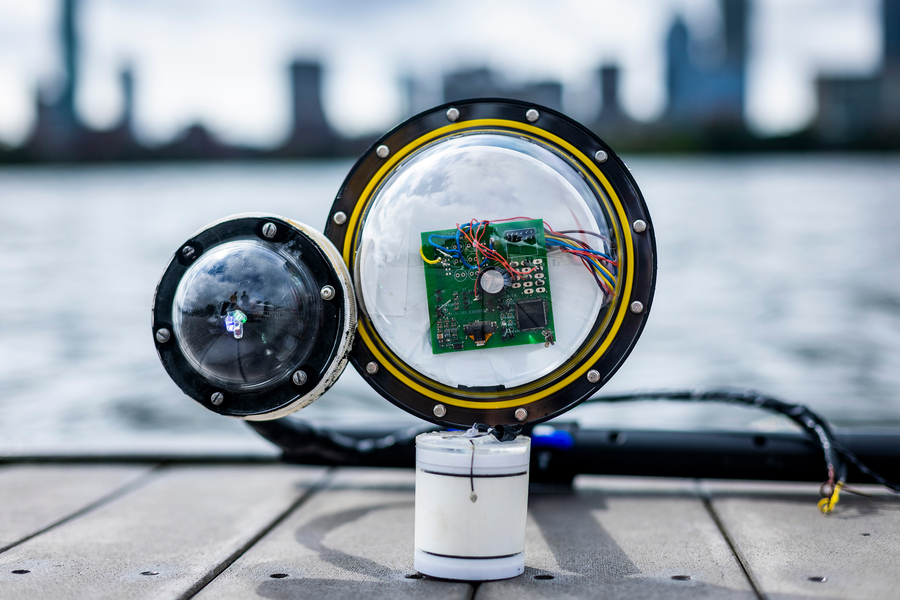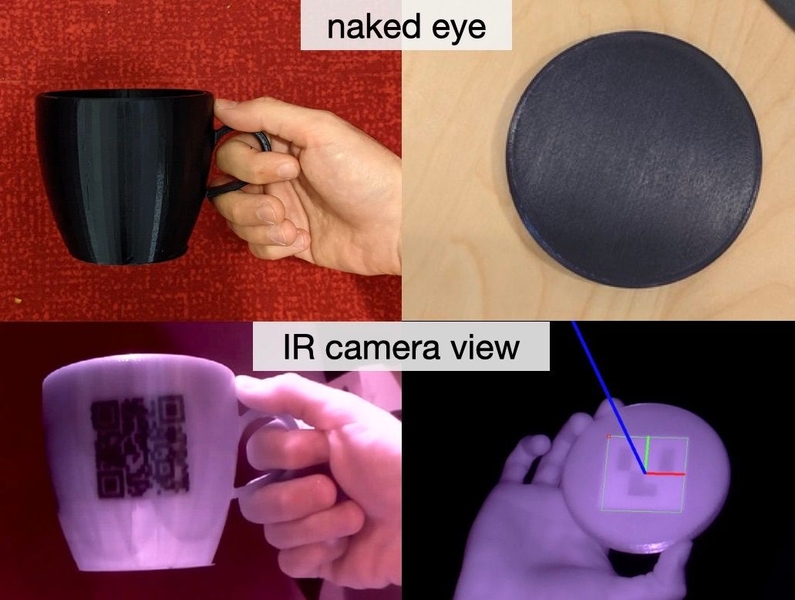Hyundai came up with a solution to get rid of traditional snow chains by presenting a new wheel and tire design that incorporates built-in snow chains that deploy and retract at the push of a button. Winter tires with built-in snow chains are able to put an end to the fiddly, freezing process of wrapping and removing traditional snow chains in cold and challenging weather conditions.
Each of the new tire designs includes six indented grooves in line with the wheel’s six spokes. Inside these grooves are thick wires, which are like snow chains neatly retracted into the tire tread. The wires are partially made using compressed-shape memory alloys. When an electric current is applied, these alloys expand, pushing the wire loop above the tire tread to transform the tire into a snow-chain-equipped wheel.
As transformation can be initiated effortlessly by the driver, it eliminates the need for physical labor in adverse weather as well as shows convenience and safety.
According to Hyundai, a side benefit is the visibility and sound of the deployed snow chains can also serve as an additional reminder of when it’s time to replace new tires.
However, the implementation of this technology involves significant challenges since it needs a complete redesign of the wheel assembly, including the integration of electrical connections. It’s going to require collaborative efforts between Hyundai and tire manufacturers to make this happen.
Hyundai secured patents for this technology in South Korea and the USA. The company planned for the mass production of these tires, but it’s also based on durability and performance testing, regulatory compliance checks, as well as technological advancements.
Currently, this technology is promising to have the potential to significantly impact driving safety and convenience in winter weather. Once deployed to market, this ambitious and promising concept could offer immense convenience and safety benefits to drivers who frequently navigate snowy or icy conditions. It could be a significant leap in automotive innovation and could set a new standard for vehicle preparedness in winter conditions.
On the other hand, there are also concerns about costs to own or replace it.







